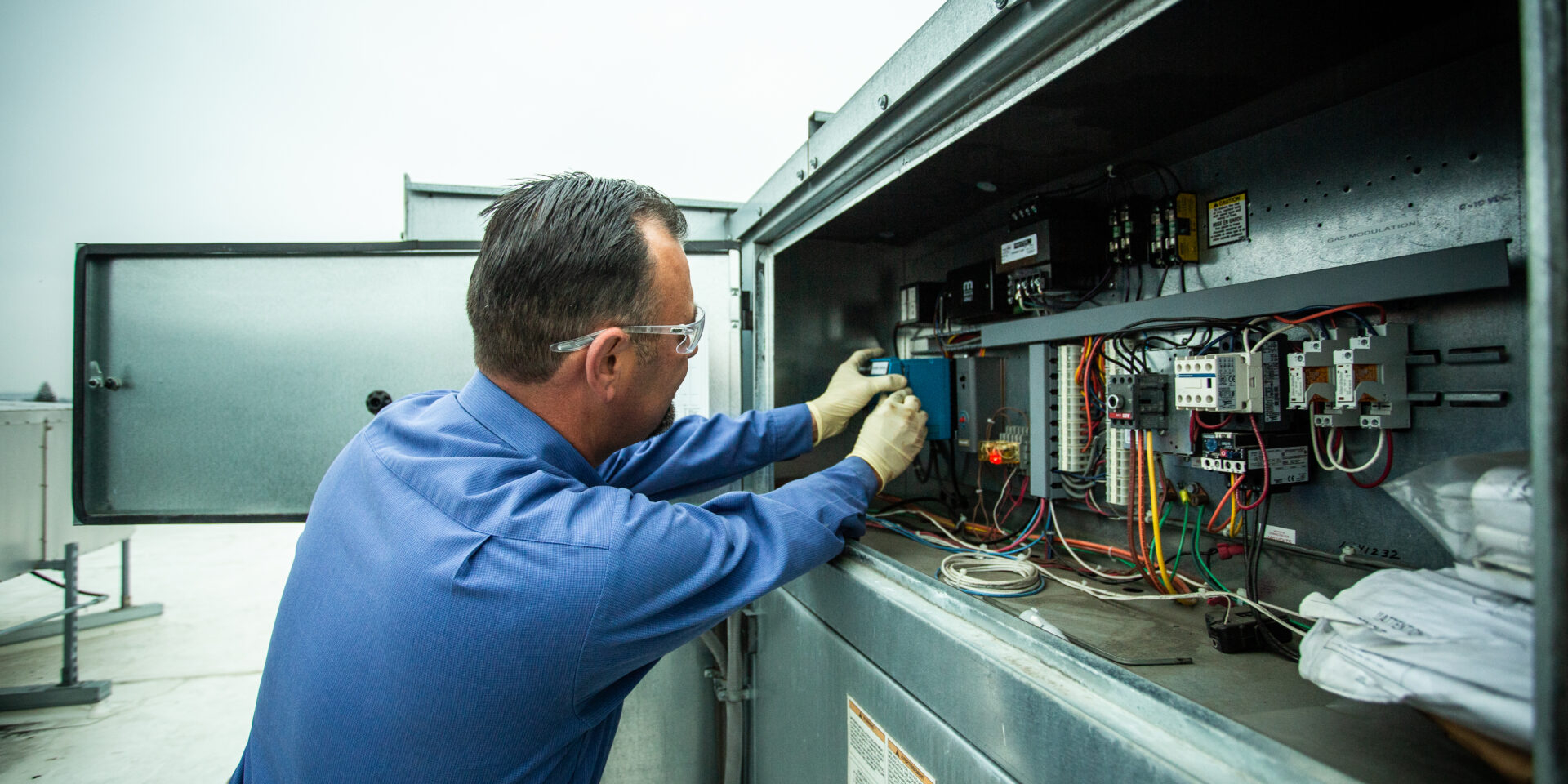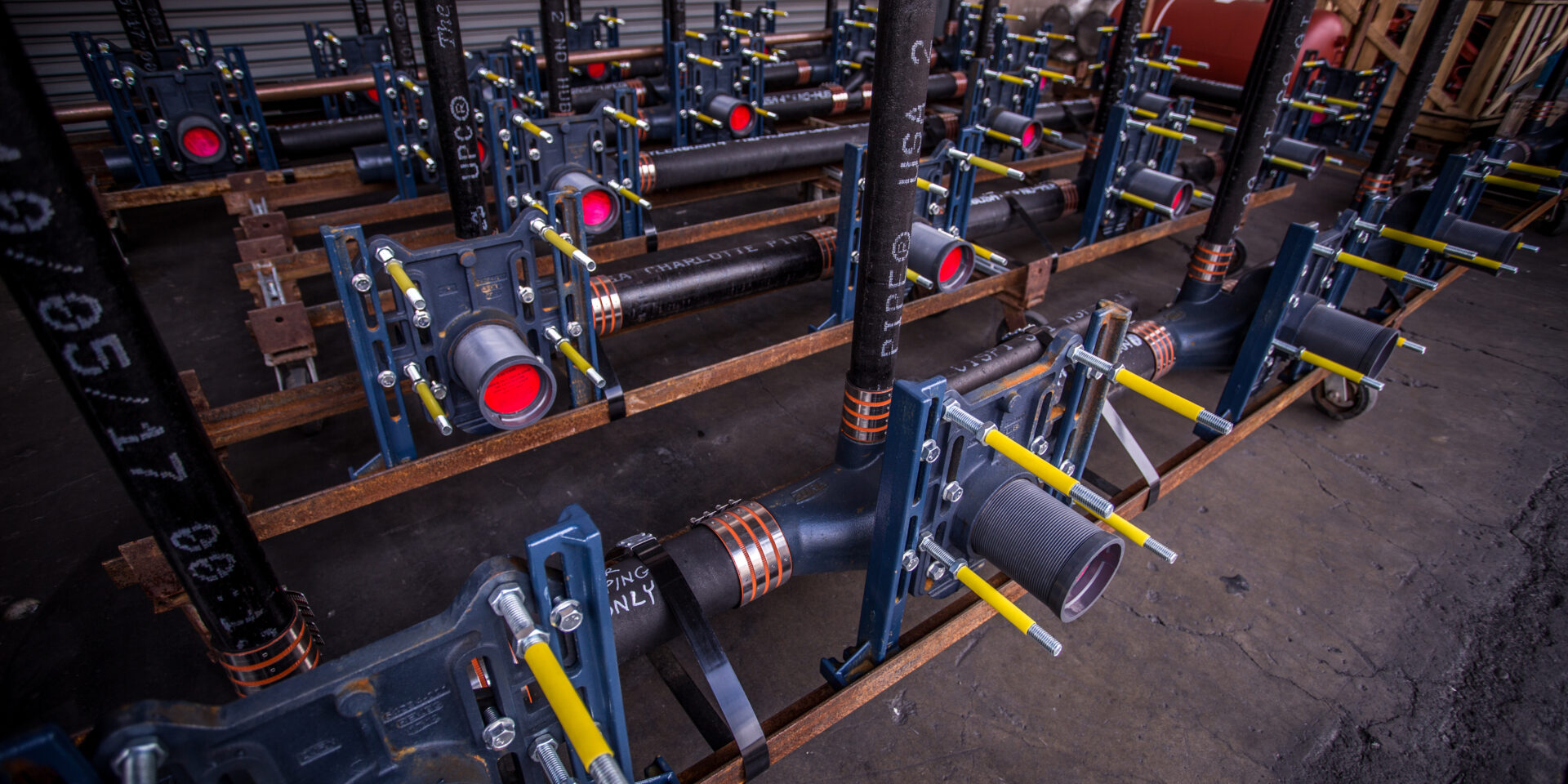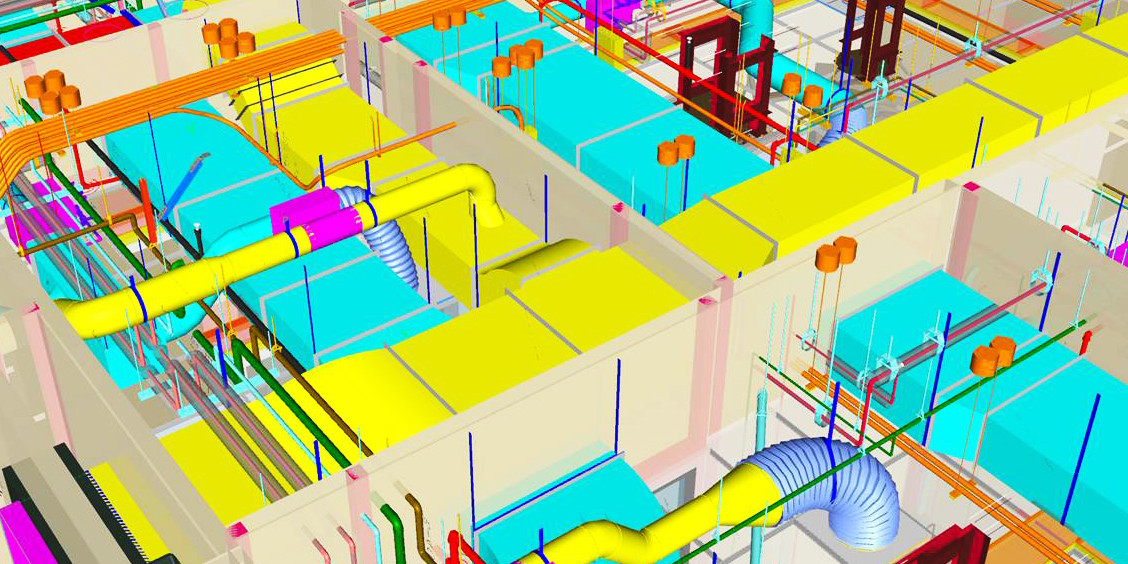The term Digital Transformation is the latest warning that another paradigm shift is around the corner. It’s a concept that’s working its way through most major industries. Computers, which used to simply improve operations and efficiency, are now understanding and managing systems. In the HVAC industry, the digital transformation shift is taking facilities from simply scalable operations to interconnected, responsive ones.
Goal-Oriented Automation
Systems that once simply expanded to handle facility growth now step up to help building management achieve capital, operational and process goals. Building Automation Systems (BAS) are transforming HVAC systems from machines that get the job done to intelligent tools that step up and help facility management get its job done well.
Big Data and HVAC Systems
Data scientists have taught us that even small businesses can process huge amounts of everyday data and obtain the insights hidden there. It doesn’t take a large university computer center to process big data anymore. Building Automation Systems now go beyond working with large numbers of thermostats, flow sensors and air handling units as a switchboard. The BAS gathers large volumes of building data, learns about HVAC behavior and adjusts the systems accordingly to meet management targets.
Net Zero Is a Reality
Buildings around the world can now manage resource use to meet net zero requirements. Renewable energy sources such as PV (photovoltaic) panels help meet that goal, along with new design strategies and building materials, but the Building Automation System is the heart of a real-world net zero application.
Even existing buildings can be transformed by the intelligence that BAS technology puts to work. Some of the ways evolving BAS technology understands the building include:
- Gathering extensive building sensor data, from thermostats and airflow to occupancy and worker mobility
- Learning about and predicting building use and energy consumption patterns
- Understanding local weather patterns and forecasts
- Knowing manufacturing process parameters, such as air quality and humidity and chilled or heated water flow
- Tracking meeting room scheduling and occupancy
- Knowing the cooling and power needs of IT server rooms
- Knowing the priority of energy needs throughout the building
Localized Management with IoT Devices
The Internet of Things, or IoT, is not a new concept for those who work on industrial control systems. It’s not that different from using PLCs (programmable logic controllers) for localized process data gathering and control. IoT is bringing a revolution to energy management and other facility operations with flexibility, wireless networking and simple installation.
The BAS uses IoT-type devices to gather and process data independently, keeping in touch with the building management server. For example, a room-control device can handle user requested configurations for lighting, window shades, projection screen and audiovisual devices on its own, keep in touch with the server about room temperature, and then accept and implement a low-energy configuration for the room when it is unoccupied.
Wireless Networking
Secure, independent wireless networks for building control connect sensors and IoT devices quickly. They are commonly used by security systems, eliminating the need for protected wiring to each camera. Modern wireless access points in a standard corporate network can handle multiple independent networks or VLANs, connecting the BAS through existing infrastructure.
Dynamic Resource and Energy Cost Management
In conjunction with an ESCO (energy service company), BAS energy usage data can guide energy sourcing to follow time-based pricing schedules and implement complex energy-based strategies. HVAC system operation can be tuned for best resource usage, and management can easily see where consumption and efficiency issues need to be addressed.
The Heart of the Building
Building Automation Systems are bringing change by owning building energy performance. The detail-oriented BAS goes beyond meeting personnel and industrial airflow and temperature needs; it observes day-to-day operation, makes local and zone adjustments and manages equipment to reduce unnecessary energy use.
BAS also adds convenience for building occupants by communicating to maintenance about current or anticipated problems and warming and lighting rooms just before use. App-based monitoring and control let facility operations personnel move around while still staying on top of their building’s HVAC operations.
Bringing BAS to a new or existing building takes insight. Contact Therma to learn how automation can benefit your building.
Dave is a technical consultant and freelance writer with experience in control systems and information technology.
Related Posts
July 29, 2024










